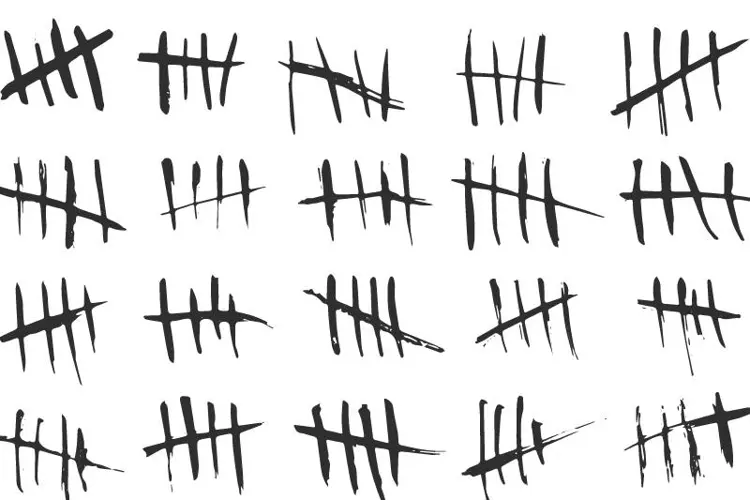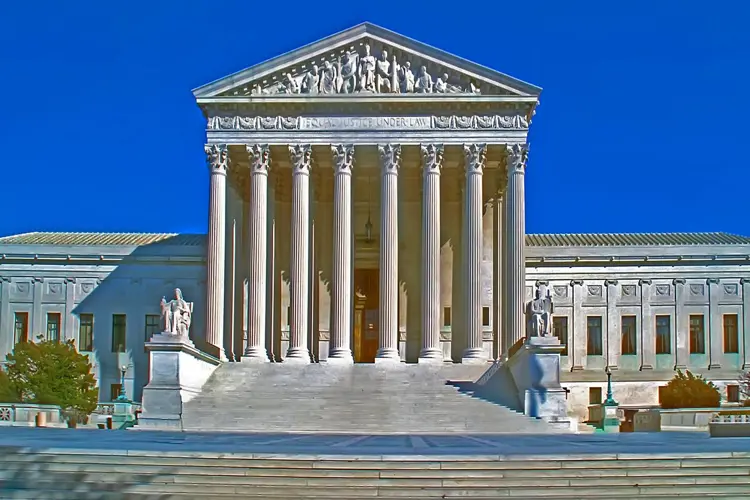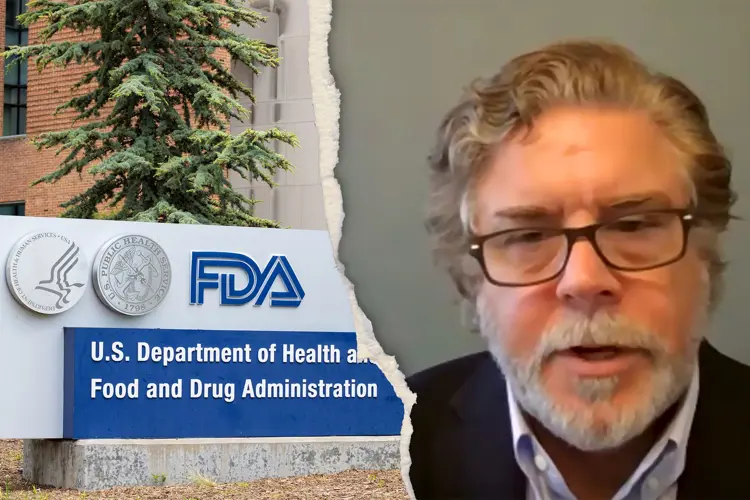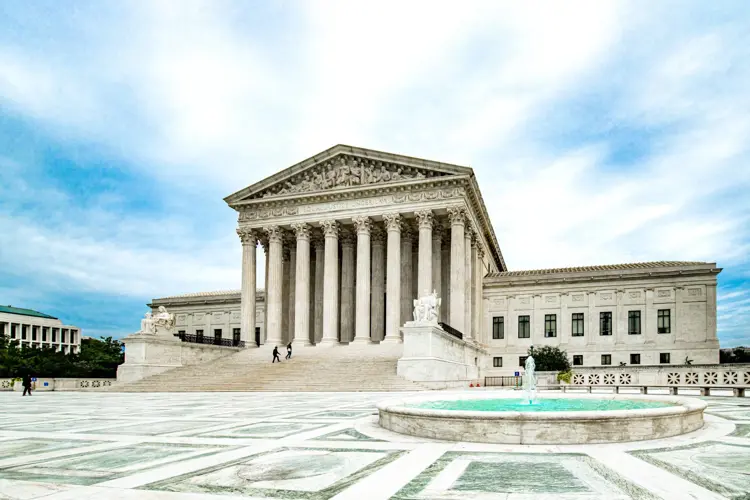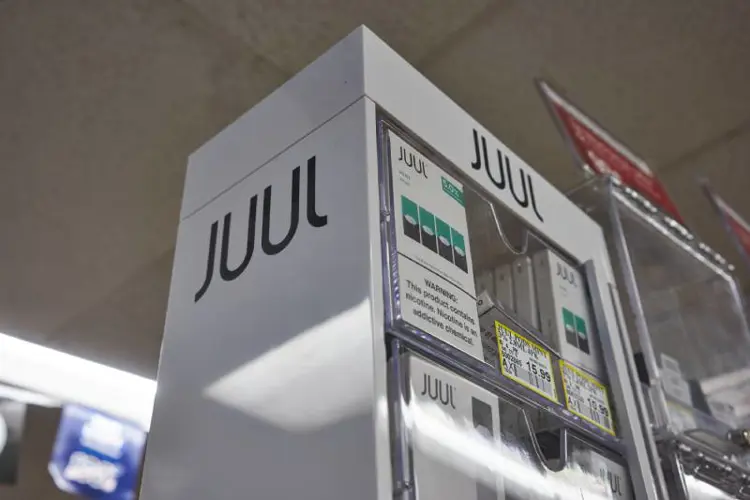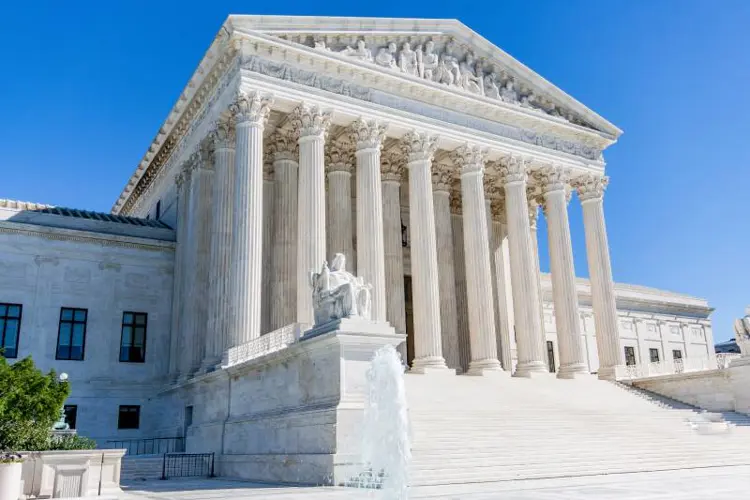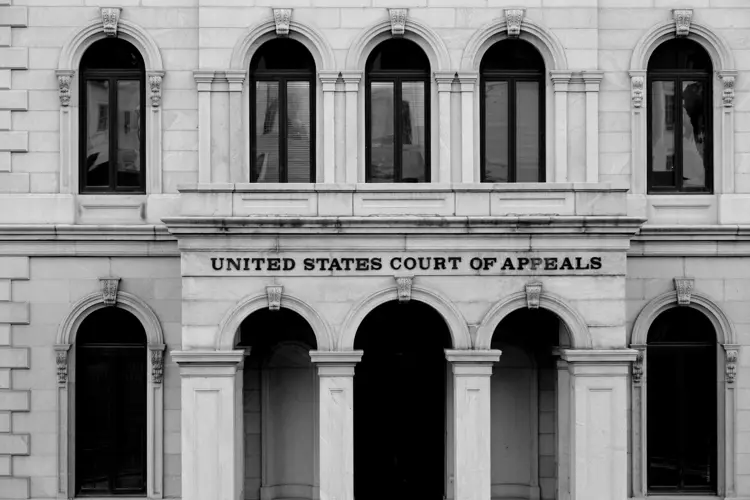Puff Bar is back, and its new synthetic nicotine-based e-liquid could push Congress or the FDA to address the long-festering issue of vaping products made with nicotine not derived from tobacco.
The gray market Puff Bar device and its shadowy owners have succeeded in the retail market by ignoring FDA regulations and building a huge distribution network in traditional tobacco outlets like convenience stores and gas stations. In the process, Puff Bar has become the epitome of evil to anti-vaping groups like the Campaign for Tobacco-Free Kids and Truth Initiative.
The new Puff products are reinvigorating those tobacco control groups’ long campaign to pressure the FDA to regulate synthetic nicotine. They’ve also inspired U.S. Representative Raja Krishnamoorthi to demand that Acting FDA Commissioner Janet Woodcock shut down the Puff Bar manufacturers, whoever they may be.
“We encourage you to go beyond simply shutting down DS Technology Licensing,” wrote the three-term Illinois congressman. “FDA must use all tools at its disposal, including seizure, injunction, and criminal prosecution, to hold accountable the individuals responsible for these flagrant violations of law. If individuals caught breaking the law face no penalty, and are able to keep ill-gotten gains, the law will continue to be ignored. This is the opportunity to set a new standard going forward.”
Of course, the whole issue of unregulated nicotine hangs on whether the new Puff Bars actually do contain “tobacco-free” nicotine. If the Puff Bar owners are fibbing—which can be determined through a chemical analysis of the products—they will be subject to FDA sanctions, although probably not the keel-haulings and executions Rep. Krishnamoorthi is hoping for.
“The FDA is aware that Puff Bar’s web site says that they are offering products for sale with claims they contain ‘tobacco-free nicotine,’” an FDA spokesperson told The Hill.
The Tobacco Control Act and tobacco-derived nicotine
The 2009 Tobacco Control Act gave the FDA regulatory authority over cigarettes and smokeless tobacco, and also the ability to “deem” additional consumer products that contain nicotine derived from tobacco. In 2016, the agency issued its Deeming Rule, which defined several other classes of product, including e-cigarettes and all of their components and parts, as tobacco products.
The FDA carefully crafted its regulations to capture any device capable of being used with tobacco-derived nicotine—including components and parts like batteries and nicotine-free vape juice—even if they didn’t contain nicotine at the point of sale. Any open-system (refillable) vaping product is automatically included, because it is capable of being used with tobacco-derived nicotine or altered to do so.
However, the existing rules don’t appear to apply to a sealed device prefilled with synthetic nicotine, like the Puff Bar sellers claim of their new device. Because a disposable isn't intended to be refilled with tobacco-derived nicotine, the device would probably skirt existing FDA rules (although not necessarily state rules, some of which define tobacco products to include any nicotine, no matter its source).
Tobacco control activists have long advocated for the FDA to regulate synthetic nicotine, to avoid this very situation. The prospect of unregulated products made with synthetic nicotine creating a new vaping “wild west” right when anti-vaping groups finally have the vaping industry on the ropes is maddening to those organizations.
There are essentially three ways synthetic nicotine could be captured by the government (with a lot of potential variations):
- Congress could amend the Tobacco Control Act to include synthetic nicotine
- FDA could claim synthetic nicotine is a drug and attempt to regulate it as one
- FDA could attempt to deem synthetic nicotine to be a tobacco product
All three strategies could be challenged in court, but in the long run, it is difficult to believe that this loophole would survive determined efforts to close it.
Puff Bar: the most-hated vape product
Puff Bar inherited much of the hatred previously directed at JUUL by anti-vaping and tobacco control organizations. When flavored, pod-based products made by Juul Labs, NJOY, and tobacco company-owned vape manufacturers were forced off the market by the FDA in February 2020, gray market Puff Bars stepped in to fill the gap on convenience store and gas station shelves.
The owners of one Puff Bar sales site announced last summer that they were pulling the product from the market, beating an FDA warning letter ordering removal of the illegal vapes by just a week. The FDA action against Cool Clouds Distribution followed months of incorrect reporting that claimed sales of the disposable vape were allowed because of a “loophole” in FDA enforcement guidance.
In fact, all vaping products introduced to the market after Aug. 8, 2016 require an approved Premarket Tobacco Application (PMTA) before being sold. The so-called loophole only protected legal disposable products that had been on the market before that date.
After Cool Clouds claimed to exit the market, Puff Bars continued to be sold, along with a variety of Puff Bar-lookalike products. As with the original Puff Bar importers, the new Puff Bar company's ownership is shadowy and difficult to pin down. Many observers believe the same people responsible for the first wave of flashy Puff Bar disposables are also behind the newer devices and clones.
The Freemax REXA PRO and REXA SMART are highly advanced pod vapes, offering seemingly endless features, beautiful touchscreens, and new DUOMAX pods.
The OXVA XLIM Pro 2 DNA is powered by a custom-made Evolv DNA chipset, offering a Replay function and dry hit protection. Read our review to find out more.
The SKE Bar is a 2 mL replaceable pod vape with a 500 mAh battery, a 1.2-ohm mesh coil, and 35 flavors to choose from in 2% nicotine.
Because of declining cigarette sales, state governments in the U.S. and countries around the world are looking to vapor products as a new source of tax revenue.
The legal age to buy e-cigarettes and other vaping products varies around the world. The United States recently changed the legal minimum sales age to 21.
A list of vaping product flavor bans and online sales bans in the United States, and sales and possession bans in other countries.







